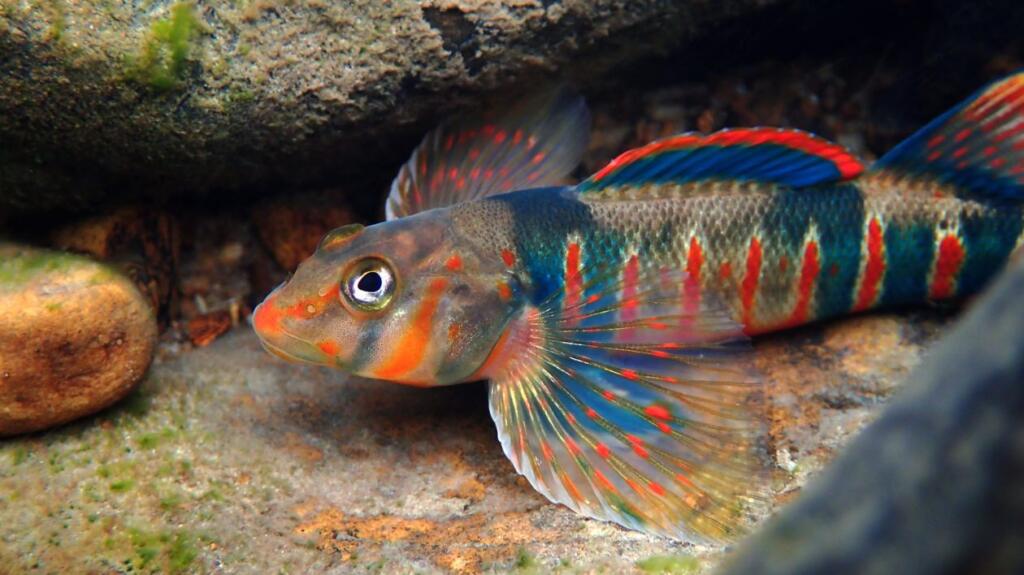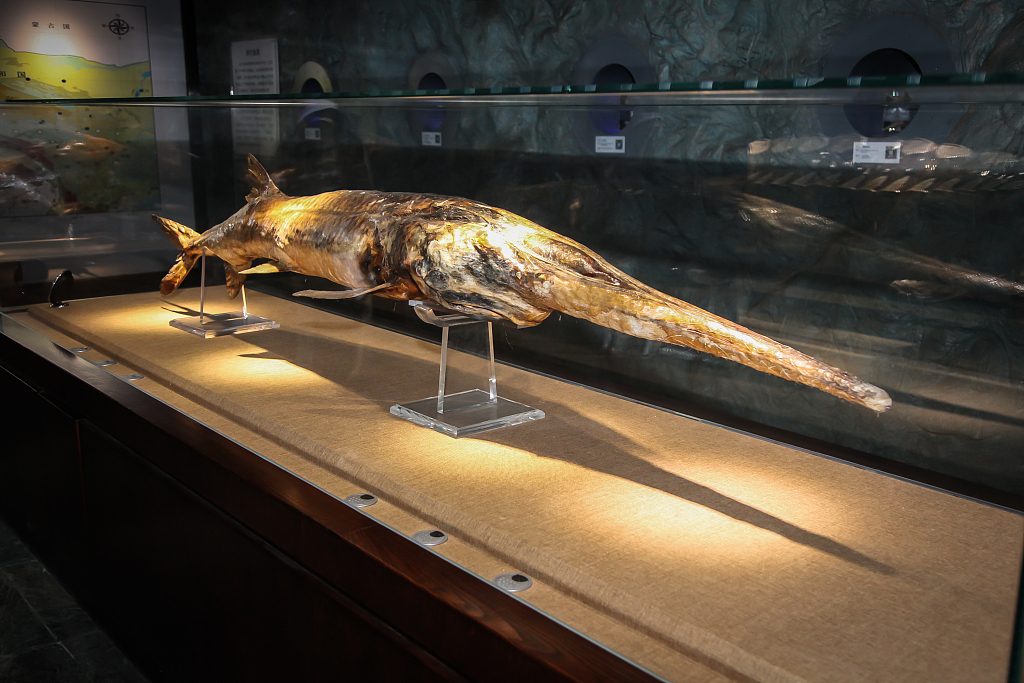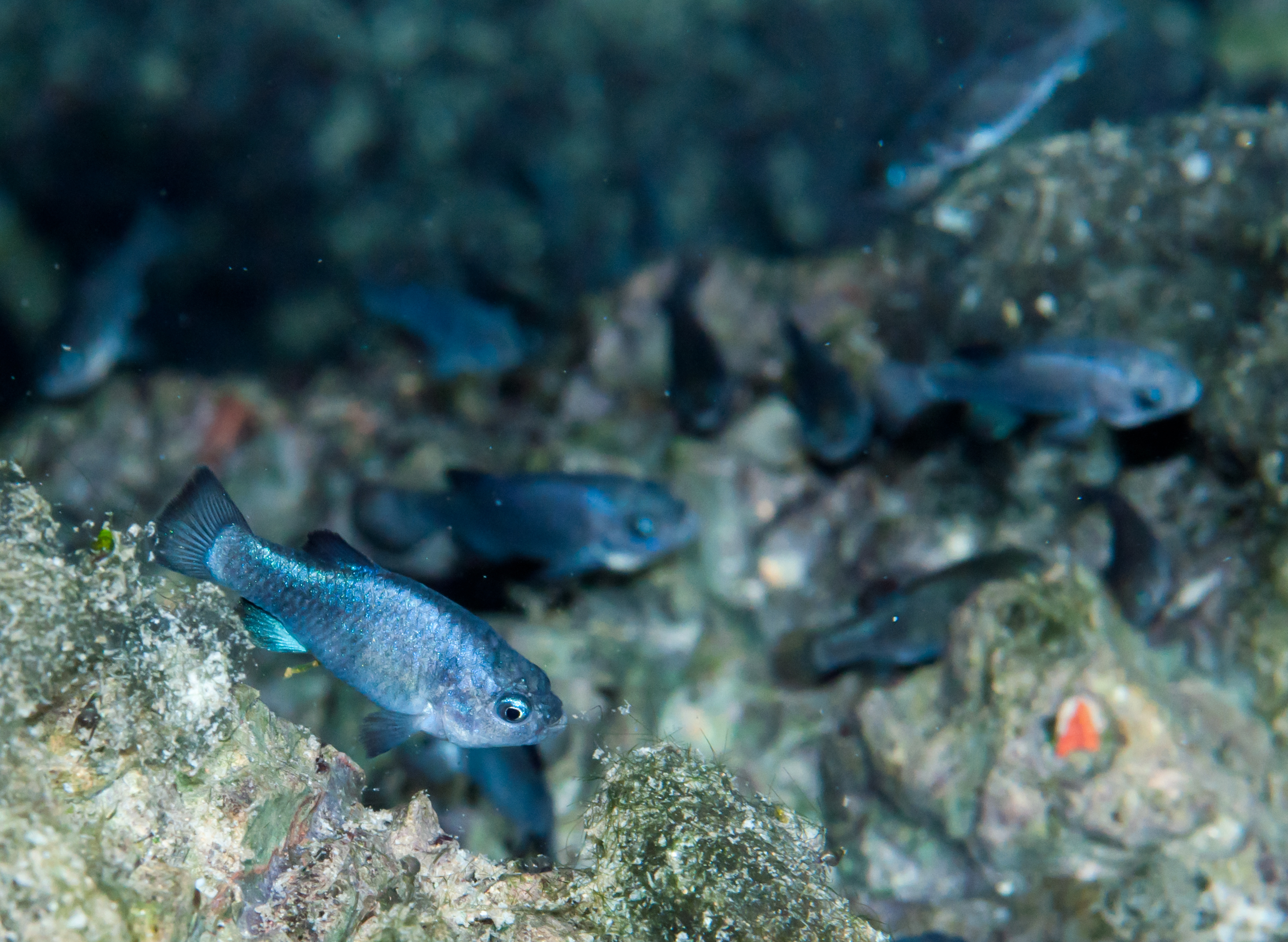
As lake homeowners, many of us love fishing. Whether you fish to eat or catch and release, nothing beats the joy of reeling in a freshwater fish. However, many fish –perhaps even in your home lake — could be endangered.
According to The Telegraph, a third of freshwater fish are facing extinction. Water pollution, overfishing, and loss of habitat are some factors that cause this population decline to happen. As a result, many freshwater fish have been declared critically endangered. As of 2020, these five species are some of the world’s rarest freshwater fish.
Chinese Paddlefish

Last seen in 2007, the Chinese Paddlefish is likely the world’s rarest freshwater fish. Native to the Yangtze River in China, its long protruding nose makes it one of the world’s longest freshwater fish.
Unfortunately, this fish’s status is unknown, and many scientists think it could be extinct due to human activity. In part, their disappearance was caused by the construction of a dam that split their population. According to new research from 2020, the species is likely extinct.
Although there’s always the possibility that a species thought to be extinct are still alive somewhere, researchers say it’s unlikely for the Chinese Paddlefish.
Damba Mipentina

These cichlid fish are native to river basins in Northern Madagascar. A small number of this species have been bred in captivity; no one has seen this fish in its home waters since 2011.
Part of the reason for its decline (in addition to overfishing and pollution) is the introduction of the invasive Asian Snakehead fish, a non-native species. Fortunately, public institutions like the London Zoo have incorporated captive breeding programs to help save this population from extinction.
Alabama Sturgeon

As it turns out, one of the world’s rarest freshwater fish is native to Alabama’s rivers. If you’re an avid angler at your lake house, you’ve probably heard of sturgeon. But did you know that they are critically endangered?
Of all the sturgeon subspecies, the Alabama Sturgeon is exceedingly rare. In 2000, the Fish and Wildlife Service declared it critically endangered, and in the past ten years, only three people have reported seeing one. Despite fears of its extinction, scientists in 2016 discovered its DNA in the Alabama River – restoring hope that this fish is still alive and thriving.
Diamond Darter

The diamond darter is endemic to the Elk River in West Virginia, meaning that this population only exists in this location. Diamond Darters used to thrive throughout the Ohio River watershed until the dam construction changed the population’s habitat.
On the Elk River, coal mining and oil and gas drilling have contributed to this population’s decline. Now, the exact number of remaining species is unknown. However, scientists do know that in the past 30 years, only 19 of these fish have been caught. If you were to see one, its translucent body, small size, and slender shape would make it difficult to recognize.
Devil’s Hole Pupfish

These small blue fish are native to Devil’s Hole, a limestone cave lake in Nevada’s Death Valley National Park. Endemic to this small cave lake since the Ice Age, the Devil’s Hole Pupfish live in the smallest geographic range for any vertebrate species. Because of this, it’s always been one of the world’s rarest freshwater fish (never more than 553), but now, its count marks only 35 fish.
However, there is some hope for their conservation. Ash Meadows Conservation Facility created an artificial environment to replicate Devil’s Hole and breed these fish to restore the population. When diving beetles were found eating the eggs, scientists developed a new strategy in 2018, raising the eggs in a separate lab. Now with more Devil’s Hole Pupfish in the lab than in the wild, some conservationists are optimistic about restoring this population.
For more information on preserving freshwater species, check out governmental and nonprofit environmental organizations like FreshWater Life, the U.S. Fish and Wildlife Service, and the National Wildlife Federation.

